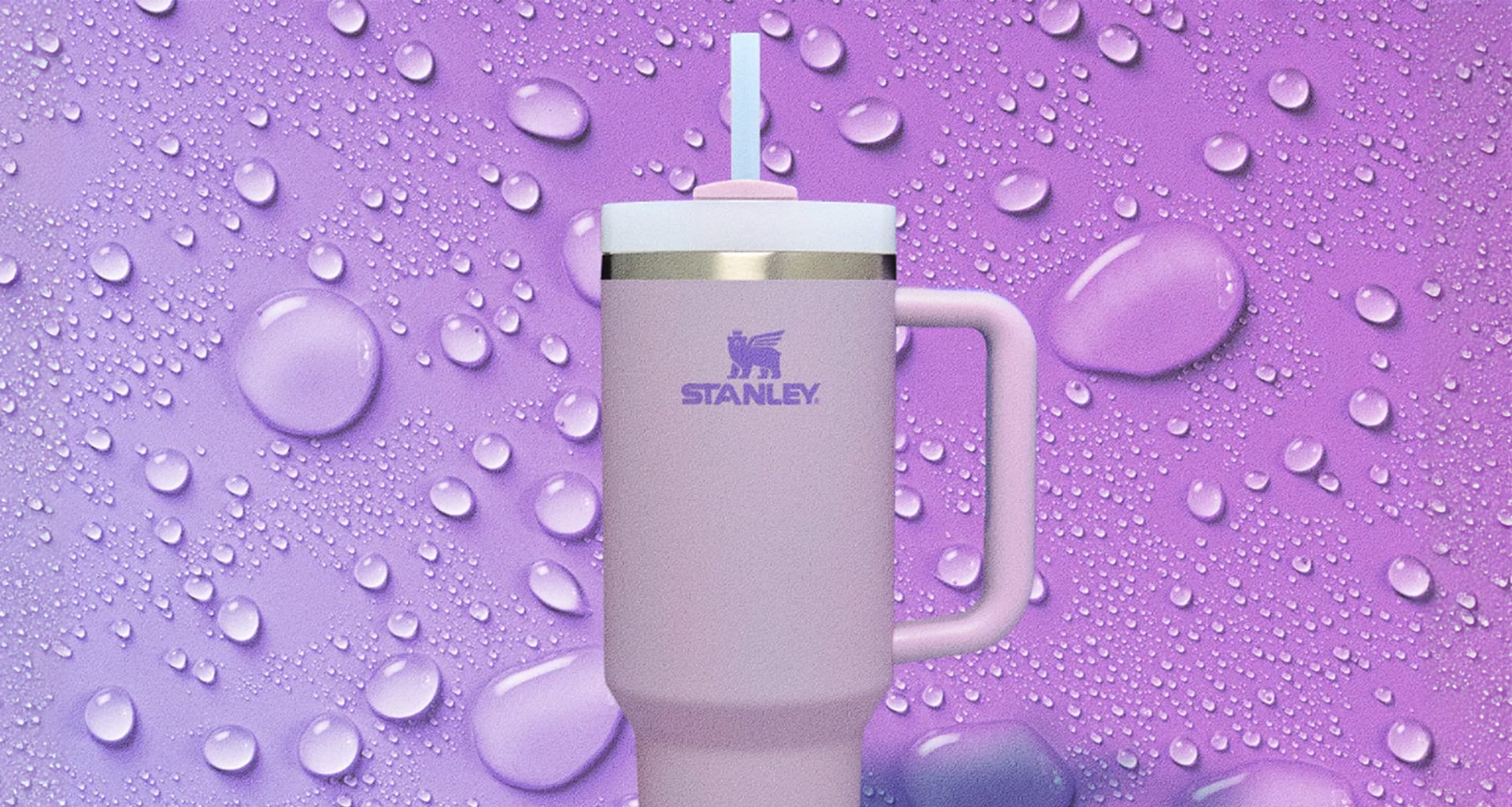Stanley Cups, born in 1913 as humble companions for outdoor activities, have undergone a dramatic transformation. Imagine going from construction sites to the sleek coffee tables of trendsetters. It’s a journey of evolution that makes Darwin’s theories proud.
At first glance, a cup is just a cup. But the Stanley Cup? That’s where the ordinary ends. The question “why are Stanley cups so popular?” goes beyond mere aesthetics. Stanley tapped into a concoction of quality, nostalgia, and social media savviness that turned a simple beverage container into a must-have accessory. Their secret sauce? A blend of heritage brand appeal with a keen eye for modern consumers’ desires.
In marketing, adaptability is more than a skill – it’s the game-changer. Stanley cups have not just adapted; they’ve mastered this art over a century, becoming an evergreen symbol of versatility.
In the last four years, Stanley has unleashed a spectrum of over 100 colours; turning what used to be a useful item into a fashion statement. Marketing lesson here? Colour speaks louder than words.
The Lightning Bolt: The Colour Scheme
Let’s talk about the colour strategy. Stanley didn’t just launch a product; they launched a palette that perfectly tapped into contemporary trends. By regularly releasing new, limited-edition colours, they created a frenzy of excitement and anticipation. This clever tactic not only fueled ongoing interest but also established the cups as collectible items, thereby further boosting their popularity.
In a world where trends change as fast as TikTok challenges, Stanley has managed to stay relevant across generations. The endowment effect, where the longer you use something, the more valuable it becomes, is a psychological sweet spot.
Being trendy is good; being timeless is better. Stanley cups have found the equilibrium.
Credit: Yahoo News Singapore
The TikTok Effect
Stanley’s understanding of content marketing dynamics played a significant role in its virality. By crafting shareable, engaging content that resonated with their audience’s lifestyles and values, they didn’t just sell products; they created moments. Their strategic use of hashtags, challenges, and partnerships with content creators turned the Stanley Cup into a symbol of a vibrant, active lifestyle that many aspired to.
When Gen Z icon Olivia Rodrigo confesses her love for the Stanley Cup, you know you’re onto something. The lesson? Influencers can turn a brand into a lifestyle.
Credit :GQ Magazine
Stanley’s understanding of content marketing dynamics played a significant role in its virality. By crafting shareable, engaging content that resonated with their audience’s lifestyles and values, they didn’t just sell products; they created moments. Their strategic use of hashtags, challenges, and partnerships with content creators turned the Stanley Cup into a symbol of a vibrant, active lifestyle that many aspired to.
A single Stanley cup now symbolises a well-hydrated, dynamic, and trend-savvy individual. It’s not just about the beverage; it’s about what your cup says about you. Lesson learned? Your product is not just a product; it’s a narrative.
In the age of social media, your brand is the story you tell. Stanley cups have become storytellers in every user’s hand.
Not Selling A Cup, But A Lifestyle
Your brand is the story you tell. Stanley cups have mastered this philosophy, transcending their original purpose to become a cultural icon. From construction sites to coffee tables, from outdoor adventures to indoor chic, the Stanley Cup has evolved alongside its consumers, always staying one step ahead of the trends. So, the next time you raise a cup, remember that it’s not just a vessel for your favourite beverage—it’s a statement, a symbol, and a story waiting to be told. Cheers to the Stanley Cup and the timeless allure it embodies.










